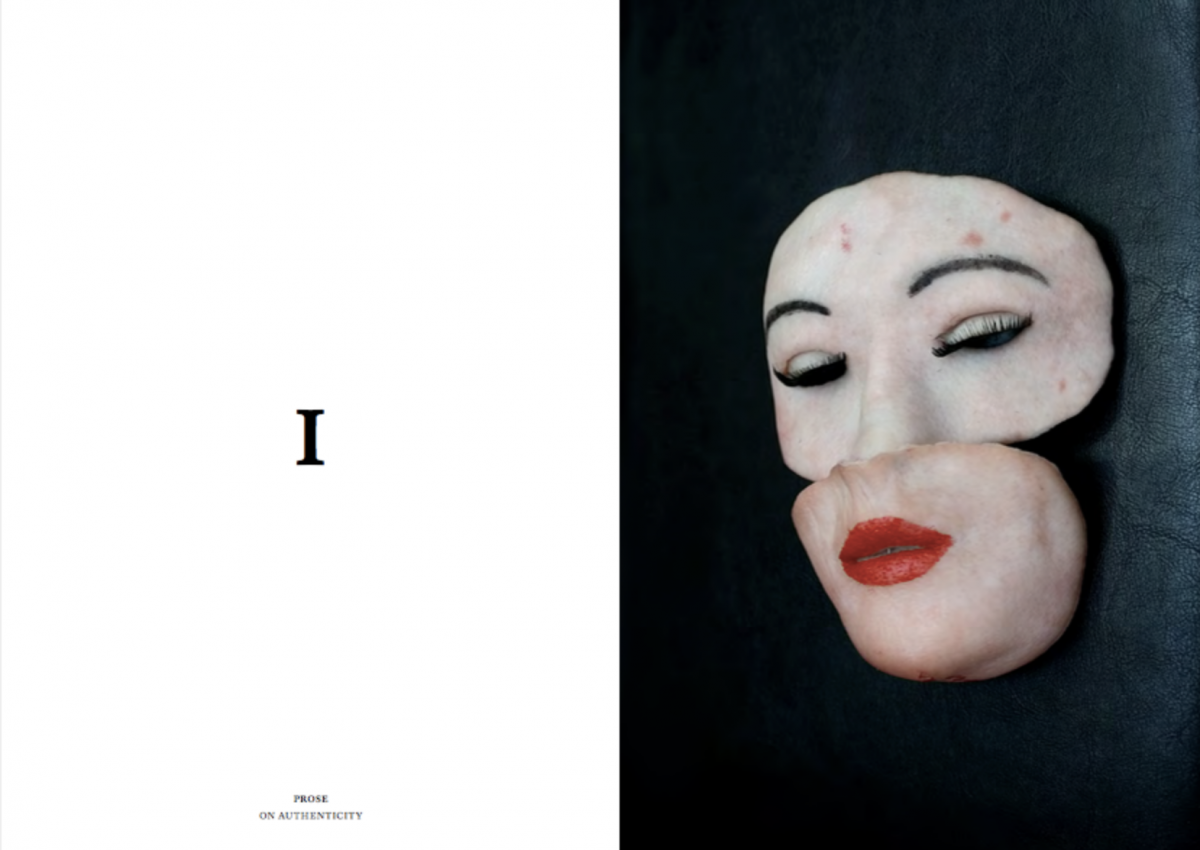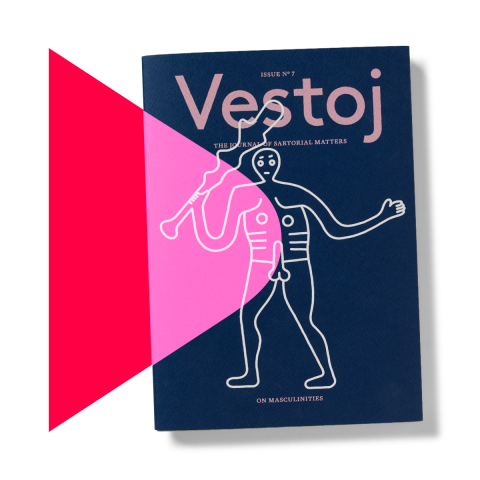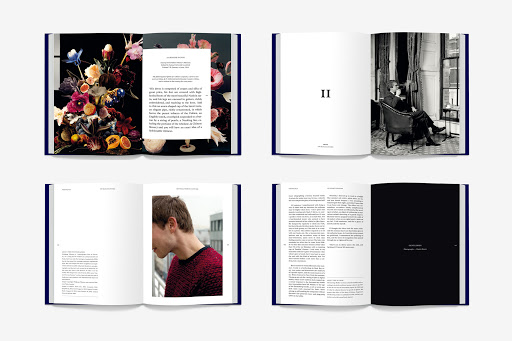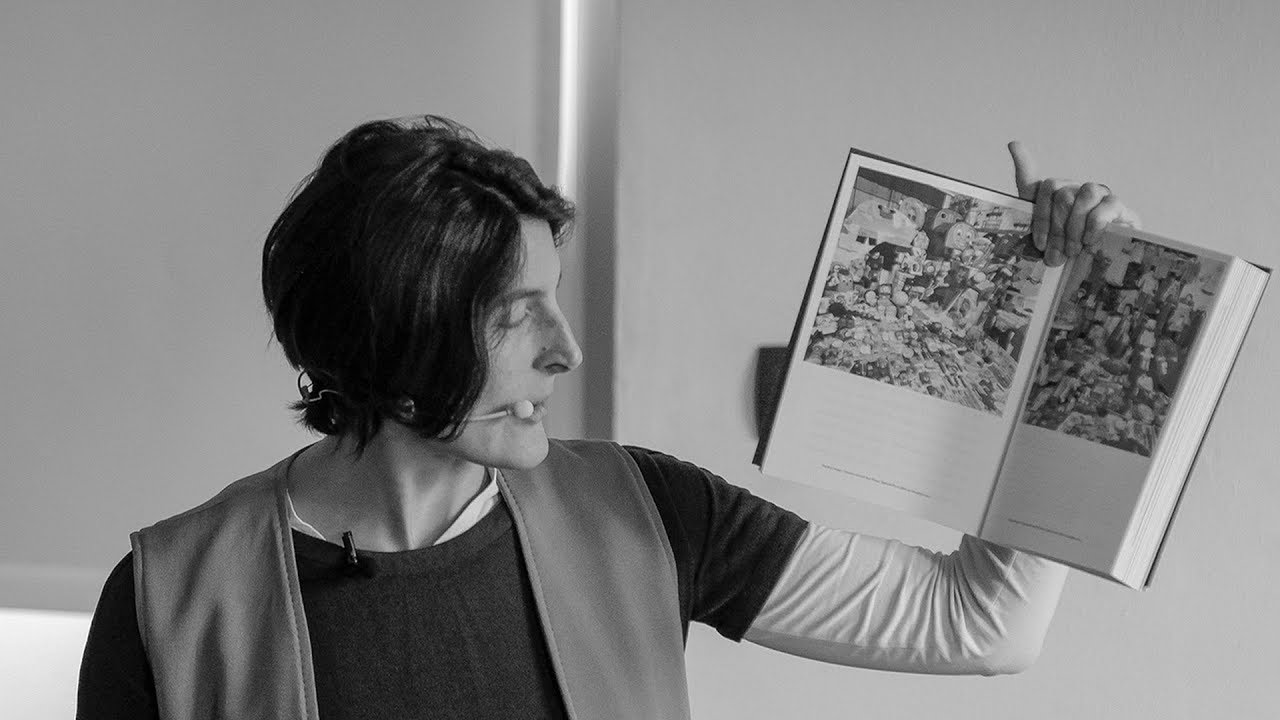vivre sa vie jean luc godard
some music to harp back to… what I was looking for was this link but unfortunately we can not embed that here, but go have a listen… by uh
vivre sa vie jean luc godard
some music to harp back to… what I was looking for was this link but unfortunately we can not embed that here, but go have a listen… by uh
happy monday hacienda – wrote for luck
in case link is broken have a happy one here. by xy
yes again! – just watched it and learned these facts… some funny but some pretty horrific and sad actually
“aguirre, the wrath of god” was werner herzog’s first film with klaus kinski.
herzog and kinski had met many years earlier, when the struggling young actor rented a room in herzog’s family’s apartment.
kinski’s antics during the three months he lived there left a lasting impression. years later, herzog knew the volatile actor was the only possible man who could play the mad aguirre, and sent kinski a copy of the screenplay. “between three and four in the morning, the phone rang,” herzog recalled. “It took me at least a couple of minutes before I realized that it was kinski who was the source of this inarticulate screaming.”
francis ford coppola cited this film as an influence onapocalypse now (1979).
the idea for the film began when werner herzog borrowed a book on historical adventurers from a friend. the plot was inspired by a half-page about lope de aguirre.
the real lope de aguirre
klaus kinski’s crazed performance bore similarities to the real lope de aguirre, a “true homicidal megalomaniac”. many of his fellow soldiers considered his actions to be that of a madman. kinski’s use of a limp reflected one that aguirre actually had, the result of a battle injury.
Werner Herzog claims to have written the screenplay in two and a half days.
herzog himself never was a film student there or anywhere.
gerhard martienzen – voiceover for klaus kinski
the film was originally shot in english. the whole film was later dubbed into german. werner herzog claims that kinski wanted too much money for the recording sessions, so gerd martienzen dubbed him – audiences that have seen Kinski’s other performances often can’t tell the difference.
actress’ helena rojo (l) and cecilia rivera playing flores, aguirre’s daughter (r)
in his autobiography ‘all i need is love’ klaus kinski wrote: “…my daughter in the film, a sixteen-year-old blond peruvian, was fucked by almost everyone, I think.” sigh!
the complete crew consisted of just eight people.
sixteen-year-old flores (cecilia rivera) who had almost no dialogue in the entire movie
klaus kinski, irritated by the noise from a hut repeatedly fired with a winchester rifle into it. one of the bullets took the tip of an unnamed extra’s finger off. werner herzog immediately confiscated the weapon… and it remains his property to this day.
in one opening scene, when the carriage holding ursúa’s mistress tips over and threatens to collapse, a hand comes in from the right side of the frame to assist the actors in steadying their hold. that hand belongs to director werner herzog.
aguirre’s line “what is a throne but a plank red with velvet?” is an authentic quote from napoleon bonaparte.
near the end of the shooting, werner herzog thought he’d lost all the negatives. several weeks later, he discovered that the shipping agency at the Lima airport had completed all paperwork needed to ship the film cans – but hadn’t actually shipped them.
this film, as well as several other early films by werner herzog, were shot on a 35mm camera that he stole as a young man from the munich film school, a predecessor to today’s prestigious film school ‘HFF münchen’.
he readily admits to the theft but also justifies it with the significance of the films he’s made with the camera and his right to artistic expression: “It was a very simple 35mm camera, one I used on many other films, so I do not consider it a theft. For me, it was truly a necessity. I wanted to make films and needed a camera. I had some sort of natural right to this tool. If you need air to breathe, and you are locked in a room, you have to take a chisel and hammer and break down a wall. It is your absolute right.”
soundtrack music by florian fricke – herzogs soccer buddy
florian fricke, who composed the film’s music, was one of werner herzog’s former soccer teammates. werner herzog explained how the choir-like sound was created. “we used a strange instrument, which we called a ‘choir-organ.’ It has inside it three dozen different tapes running parallel to each other in loops. … all these tapes are running at the same time, and there is a keyboard on which you can play them like an organ so that [it will] sound just like a human choir but yet, at the same time, very artificial and really quite eerie.”
moog modular III synthesizer
the instrument was most likely a mellotron M400, introduced in 1970. It had 35 keys and was a staple of early-1970s progressive rock. (no it wasn’t! it was a moog modular III synthesizer)
boat on a tree
mexican craftsmen built the boat with attached canoe floating on top of a tall tree for the hallucination scenes at the end of the movie.
john okello the butcher of zanzibar
the character of aguirre, especially his speech at the end, ‘anyone who drinks one extra drop of water will be sentenced to 150 years in jail” was based in part on the zanzibar revolutionary john okello. by dd

vestoj is a both a forum and a paris-based sartorial publication where academia, the museum world and the fashion industry can collaborate and work together to write about the cultural phenomenon that is fashion, in a greater sense.

vestoj issue n° seven, on masculinities
simone de beauvoir once said that ‘one is not born a woman, but rather becomes one,’ and many would argue that the same could be said about being a man. The social nature of masculinity is a pattern of practice, and one rife with complexity and contradiction. Today, it seems more apt to talk about ‘masculinities’ in the plural, to underscore the many ways in which one can be a man, or become one. What we have thought of as ‘masculine’ has changed considerably during different historical periods and inside different cultures, and the social position of masculinity has helped shape not just the gender order by which we continue to define ourselves, but also a hierarchy of masculinities that encourages certain ways of being a man over others. What we consider masculinity is sustained by men, but also by women: how women interact with boys and men continues to have a considerable influence on what we regard as masculine. While the concept of the human mind as a tabula rasa is no longer fashionable, and most today agree that the answer to ‘what makes a man’ lies somewhere between the influence of nature and nurture, the society in which we live continues to have a considerable and ever changing effect on how we perceive ourselves…. read more here.

you may ask, what makes these so special? for one, vestoj exists outside of a trend – based, and news – focused articles. meaning these thoughts and theories that stand the test of time. vestoj champions the independent thinker (hey a little like us) in combination with academic theory, and just a bit of good old-school glamour which is difficult to find these days.

anja aronowsky cronburg lecturing at polimoda (private fashion school in florence, italy.) , on proposing an alternative way of engaging with fashion.
there are a total of 9 issues currently out to date, all produced in minimum quantities and only sold in a selected number of distinct bookstores. personally, i’ve only gotten to get my hands on one and have been searching ever since for my next edition… issues include: issue #9 on capital, issue #8 on authenticity, issue #7 on masculinities, issue #6 on failure, issue #5 on slowness, issue #4 on fashion and power, issue #3 on fashion and shame, issue #2 on fashion and magic, issue #1 on material memories. by lb